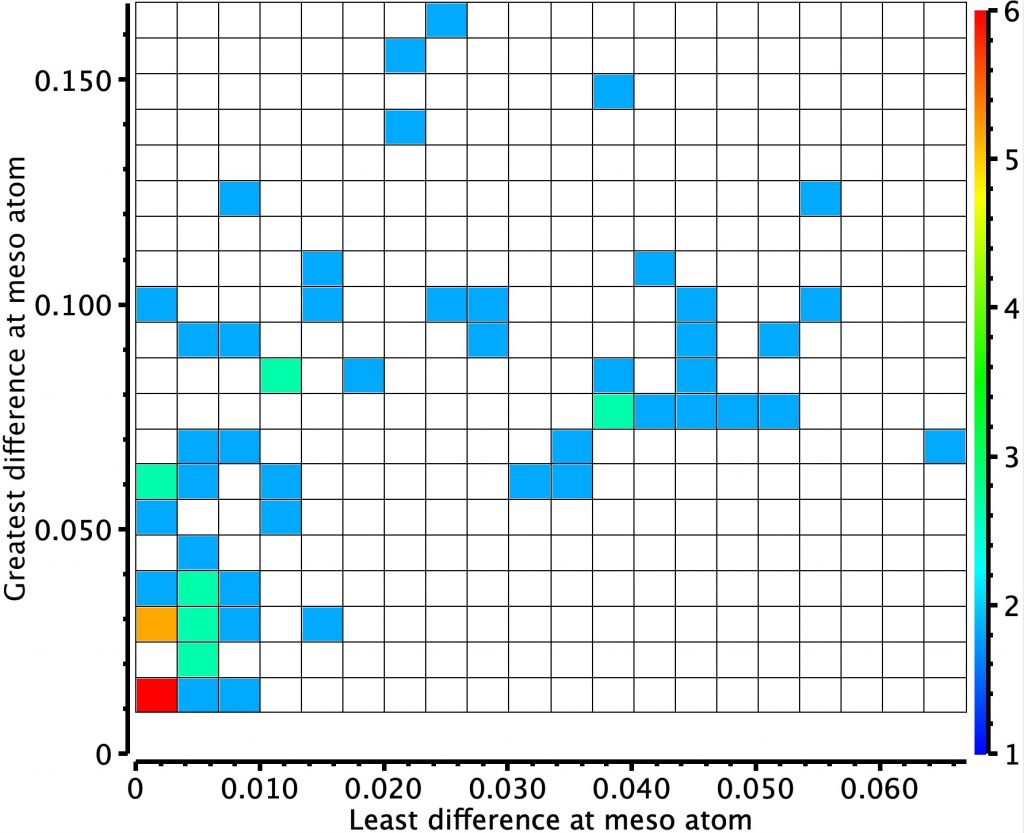Increasingly, individual small molecules are having their structures imaged using STM, including cyclo[18]carbon that I recently discussed. The latest one receiving such treatment is Kekulene.[1]
References
- I. Pozo, Z. Majzik, N. Pavliček, M. Melle-Franco, E. Guitián, D. Peña, L. Gross, and D. Pérez, "Revisiting Kekulene: Synthesis and Single-Molecule Imaging", Journal of the American Chemical Society, vol. 141, pp. 15488-15493, 2019. http://dx.doi.org/10.1021/jacs.9b07926
